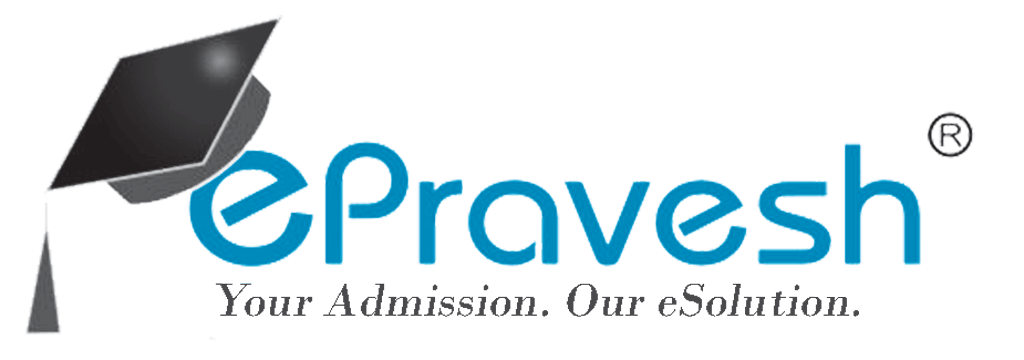It was a bright sunny afternoon. We were in a den of fire; where we were suppose to scribble something on the paper on the basis of a case study. The case study read ‘Mumbai Dabbawalas’, achieving a 99.99% level of accuracy in their functioning without any implementation of Six Sigma! Almost
everyone after the examination were jaw dropped on that figure of achievement however my mind started pondering over something else, the fancy word ‘Six Sigma’. Is there any Optimization technique or Methodology that can make any process achieve accuracy to that extent? Yes!, was the call after a short research.

Six Sigma is a Business Management strategy originally developed by Motorola, USA in 1986. As of now it is widely used in many sectors of industry. Six Sigma seeks to improve the quality of process outputs by identifying and removing the causes of defects (errors) and minimizing variability in manufacturing and business processes. It uses a set of quality management methods, including statistical methods, and creates a special infrastructure of people within the organization (“Black Belts”, “Green Belts”, etc.) who are experts in these methods. Each Six Sigma project carried out within an organization follows a defined sequence of steps and has quantified financial targets (cost reduction or profit increase). A six sigma process is one in which 99.99966% of the products manufactured are statistically expected to be free of defects (3.4 defects per million)!
Six Sigma Green Belt training provides participants with enhanced problem-solving skills, with an emphasis on the DMAIC (Define, Measure, Analyze, Improve and Control) model. Six Sigma Green-Belt Certification helps the employee serve as a trained team member within his or her function-specific area of the organization. This focus allows the Green Belt to work on small, carefully defined Six Sigma projects. A certified Black Belt exhibits team leadership, understands team dynamics, and assigns their team members with roles and responsibilities. They have a complete understanding of the DMAIC model in accordance with the Six Sigma principles, have a basic knowledge of lean enterprise concepts, and they can quickly identify “non-value-added” activities.
As of 2006, Motorola reported over US$17 billion in savings from six sigma. Honeywell, GE-General Electric were the other early adopters of Six Sigma. By late 1990’s about two thirds of the fortune 500 companies had begun six sigma initiatives and it is expected to only rise. A simple search on the net related to six sigma and you will find hundreds of job openings in this field both for new candidates as well as for the experienced ones.
Six Sigma professionals are required to be highly analytical and need to be able to come up with creative ways to solve umpteen problems.This program is appropriate for any professional who is responsible for improving a business process / product / service or the organization’s profitability. Participants can come from a wide range of businesses including: Banking ,Insurance ,Construction ,Software ,Computers ,Electronics ,BPO, KPO ,Automotive Engineering etc. Any working professional with some work experience looking to enhance career options and want to take challenging role in the existing organization can certainly go for Six Sigma Certification. It will be an added advantage to differentiate your profile.
Advantages of Six Sigma Learning
1. Improvement in bottom line with better resource utilization and reduction in cycle time.
2. Increase in Shareholders Value with increase in customer satisfaction index.
3.Total Customer Satisfaction : Customer satisfaction is top priority in an organization implementing six sigma both for external and internal customers.
4.Creates a Win-Win situation for the supply chain: In converting supplier-customer relationships to long-term partnerships, both parties win.
Article Written by : Javed Palanawala

